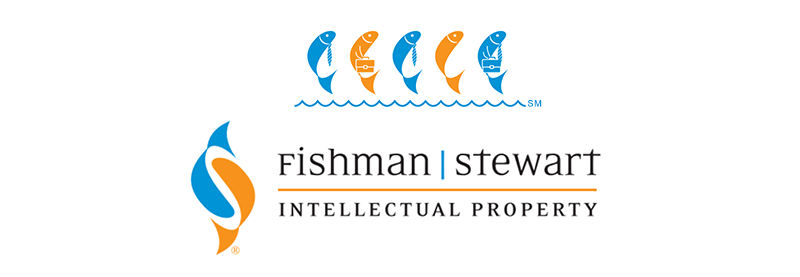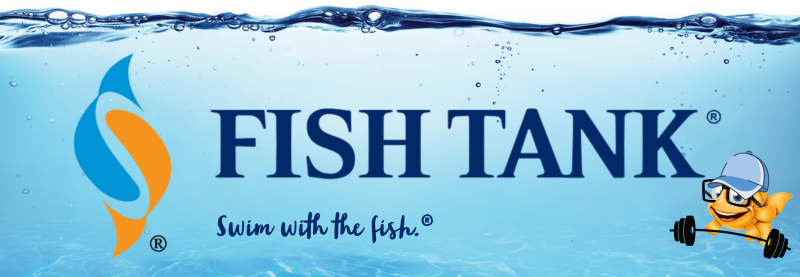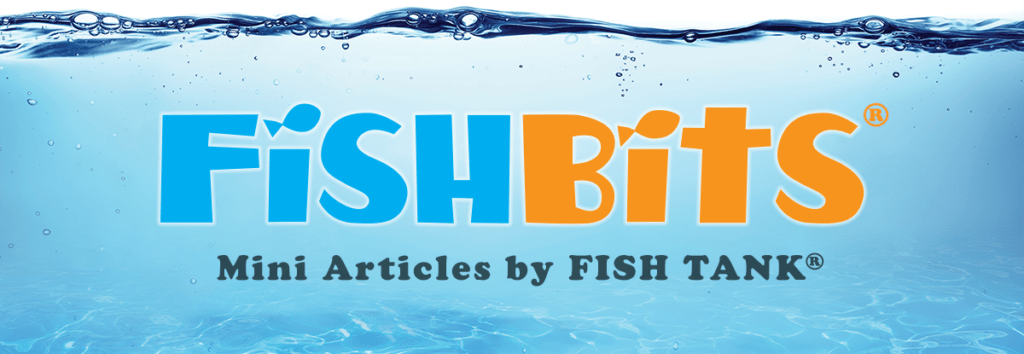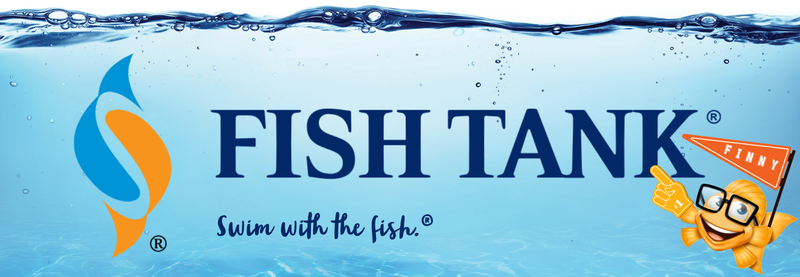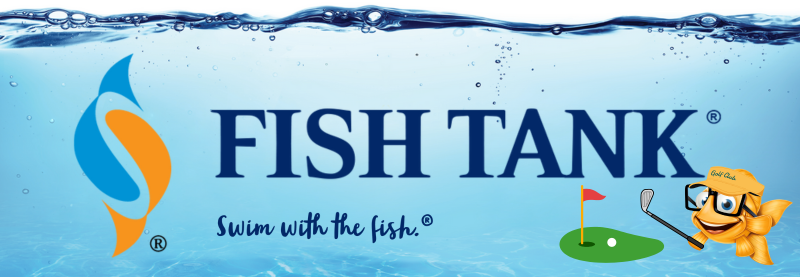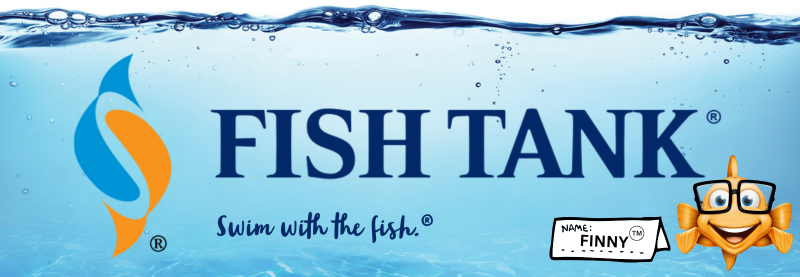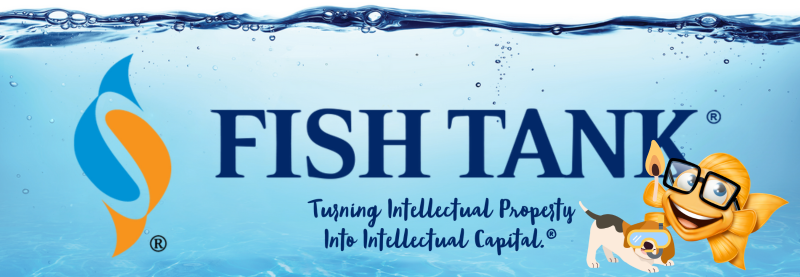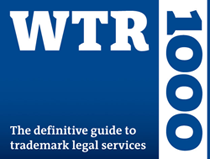Intellectual Property Insights from Fishman Stewart PLLC
Newsletter – Volume 23, Issue 22
Share on Social
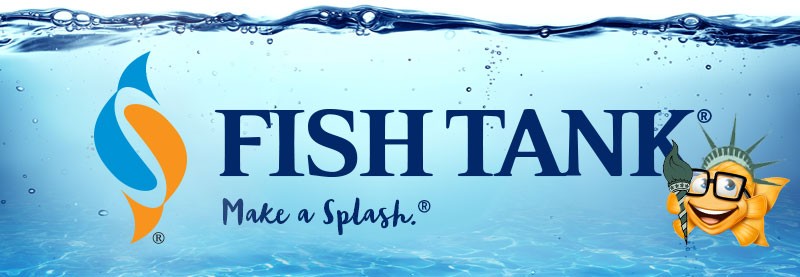
Lady Liberty and American Designs, One Million Tales of Innovation
By Michael B. Stewart
US Design Patent No. 11,023 for the Statue of Lady Liberty issued in 1879 to the French designer, Frédéric-Auguste Bartholdi, whose “Liberty Enlightening the World” has stood overlooking New York Harbor since 1886. The history of this iconic patent can be found in the records of the United States National Archive here. Design patents such as the one to Lady Liberty are directed to new, original, and ornamental designs for an article of manufacture, protecting the way that something looks, as opposed to how it works (covered by a utility patent).
While France gave the Statue of Lady Liberty to the United States as a gift to celebrate its centennial, it was up to the United States to construct a pedestal on which to stand the statue in New York Harbor. Joseph Pulitzer, Publisher of the New York World, launched a project for the construction of one.
In one of the most successful “kick-starter” campaigns of all time, and well before the term was adopted into the English language in 1916, Pulitzer published the project in his newspaper and offered rewards to supporters. For $1, a backer would get a six-inch statue of Lady Liberty while a donation of $5 would result in the acquisition by the donor of a twelve-inch statue. More than 120,000 people from around the world pledged to the construction of the pedestal that we see today.
The design patent for Lady Liberty was critical to the success of the project since it allowed the committee raising the money for the project to act against would-be infringers. As one advertisement warned explicitly: “The designs of Statue and Pedestal are protected by U.S. Patents, granted to A. Bartholdi in 1878-79, and the models can only be furnished by this Committee.”
The very first design patent in the United States was issued to George Bruce on November 9, 1842, almost 40 years before the one to Lady Liberty. Interestingly, the design patent to Bruce has no drawings at all, being directed to a new typeface, which was described in words rather than drawings as is the practice today. Bruce explained:
| “I do not pretend that I am the first who have cast the Types called Script, nor the first who have cast them of the size called Double Small Pica, nor to originality in the outlines of any of the types for which I now ask a patent, nor do I wish to prevent other founders from cutting and casting similar and better articles. But these Types are different from all others in their size, proportions, details and impressive effects, combining peculiarities by which they are distinguishable from all others, and these as a whole I claim to be mine…” |
On September 26, 2023, the United States Patent and Trademark Office (USPTO) officially issued US Design Patent 1,000,000, to Agustina Huckaby, protecting the appearance of her comb, sold under the trademark POMP AND POWDER®. Ms. Huckaby’s product is available for licensing or sale to manufacturers or marketers.
If a design might encourage a customer to purchase a product or a competitor to copy it, then seeking a design patent may be well worth the investment. With a term of 15 years from the date of issue in the United States, design patents are typically less expensive than utility patents with no annuities or maintenance fees.
Having seen the value of the design patent for Lady Liberty, we will have to wait to see what happens with Ms. Huckaby’s comb.
Michael Stewart is a founding member of Fishman Stewart. He has worked in a wide range of technical areas including information technology, e-commerce, telecommunications, and mechanical, aerospace, computer, and nuclear engineering. His practice includes domestic and foreign patent prosecution, e-commerce and information technology, patent opinions, intellectual property litigation, domestic and foreign trademark prosecution, trademark opinions, copyrights, trade secrets, rights of publicity, intellectual property evaluations/due diligence and drafting and negotiating technology and intellectual property agreements. Check out his full bio here.
Related Content from Fishman Stewart
In February, Nike and Skims announced that they will be working together on a new brand, NikeSkims. The co-brand will create a new line of training apparel, footwear, and accessories specifically designed to meet the unique needs of women athletes.
Generally, federal courts have exclusive jurisdiction over copyright cases, and often, this presents an insurmountable paywall for individual artists and small businesses to vindicate their rights, especially where the value of the individual copyrighted works are relatively low.
Dedicated to raising public awareness about the importance of encouraging innovation and creativity throughout the world, the World Intellectual Property Organization (WIPO) annually observes World Intellectual Property Day on April 26 to showcase the role that patents, trademarks, industrial designs, copyrights and trade secrets play in our everyday lives.
Hold onto your foam fingers, sports fans – college sports just got a whole lot more interesting! The latest updates to Name, Image, and Likeness (NIL) rules are making student-athletes bigger than ever, and it’s not just about the game anymore.
Did a federal court in Louisiana recently decide that US copyrights are global rights? It seems so.
L.A.B. Golf aims to protect its innovations, and therefore its market position, owning three patents for its zero-torque design. The question now is whether L.A.B. Golf can withstand the wave of copycat designs.
One of his most famous songs, “Lose Yourself” was recently at the center of a lawsuit. In 2019, Eminem’s publishing company Eight Mile Style sued Spotify claiming that Spotify streamed a number of its musical compositions without proper licenses.
Our latest article tackles three common trademark questions: 1. Can I trademark my own name? 2. Can I trademark the name of a fictional character? 3. Can I trademark the name of a U.S. president or British royal?
One of the most common challenges is whether AI should be free to train on data that is protected by copyright and owned by third parties without first obtaining permission.
Like the titles of single creative works, character names do not generate trademark rights unless used for a series of creative works (meaning two or more). A year ago, Jane Wick, LLC filed a trademark application for the mark JANE WICK in logo format.
IDENTIFYING, SECURING AND ADVANCING CREATIVITY®
